Rolls-Royce: We'll Keep Slinging V12s Until the Government Comes and Takes Them Away

Few automakers clutch tradition with the same vise-like grip as Rolls-Royce. The British motor car builder, which recently debuted a high-bodied car (known in plebian circles as an “SUV”), isn’t planning on following in its rivals’ electrified footsteps just yet.
Oh sure, there’ll be electric cars, even in the coming decade, but the brand’s attachment to 12-cylinder engines — and the upper-crust clout those motors carry — can’t be shaken just because Jaguar and Germany have their sights set on a green stable.
This attitude mirrors Porsche’s devotion to the steering wheel. That said, the brand does have a date in mind for the full electrification of its products.
Are you prepared for 2040? That’s when Rolls-Royce figures the last gasoline-fueled powerplant will disappear from its lineup. A pretty conservative estimate, but Rolls-Royce isn’t known for its enthusiastic adoption of the latest fad. Plus, the brand’s V12s aren’t exactly causing customers to turn up their noses.
Meanwhile, as Rolls-Royce plots a cautious course towards powertrain modernity, upstart British rival Lagonda plans to debut a futuristic electric touring car in 2021.
Speaking to the Financial Times, company CEO Torsten Müller-Ötvös said that, while electrification would provide a pleasant driving experience, the brand plans to hang on to internal combustion for dear life. He recognizes, however, that government emissions mandates and internal combustion bans will surely make it necessary one day. In that pursuit, France and the UK lead the charge.
“Electrification actually fits extremely well with Rolls-Royce because it’s silent, it’s powerful, it’s torquey, so in that sense it’s a very good fit,” he said before adding, “We will definitely offer 12-cylinder engines as long as we can, as long as it is legally allowed to offer them.”
Currently, the company’s Phantom and Cullinan carries a 6.75-liter twin-turbocharged V12, while the Ghost, Wraith, and Dawn make do with a twin-turbo 6.6-liter unit. Müller-Ötvös claims short driving distances — a hallmark of Rolls-Royce lifestyles — means the environment isn’t top of mind for company execs. However, those short distances makes battery power an easy alternative.
“These cars aren’t used extensively, nobody is driving long, long distances, and so the mileage on a Rolls-Royce is lower than the average car would carry,” he said. ”But electrification is the future, full stop. You need to prepare yourself for that.”
[Images: Rolls-Royce]

More by Steph Willems
Latest Car Reviews
Read moreLatest Product Reviews
Read moreRecent Comments
- ToolGuy TG grows weary of purchasing gasoline. I don't care so much how or why, I am just tired of it. I still buy petroleum products, not 'boycotting oil,' but backing away from gasoline where I can. Sample size = 1.
- Probert Maybe it's not too late for the Dodge Neon I've always dreamed of!!! To the keyboard Robin!
- Akear The malibu still outsells all GM EVs combinedMalibu -150,000GM EV's - 75,000Maybe this represents how execrable GM EVs really are. Barra should have resigned years ago,
- Fred Short term bean counters give up the market and long term players gain shares.
- KOKing I thought they quit making it 3yrs ago so... no?



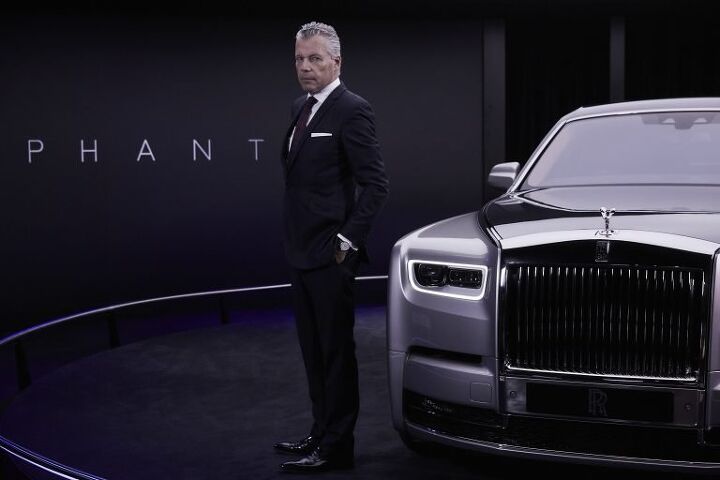
















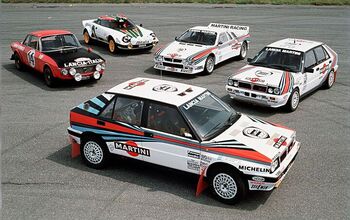
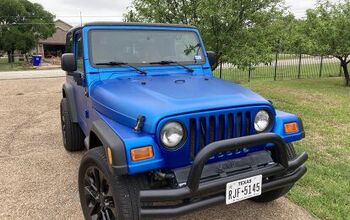

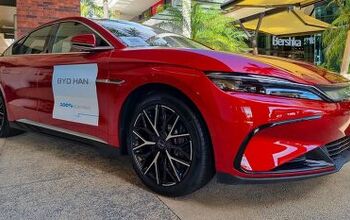
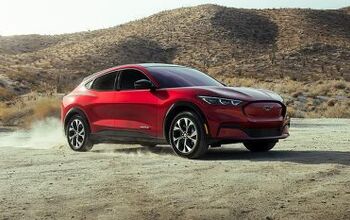

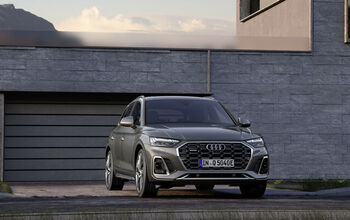

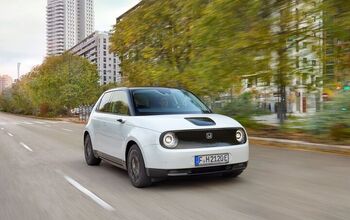
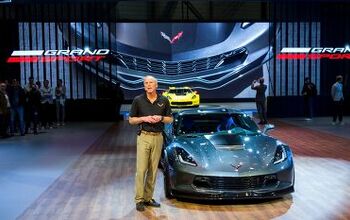

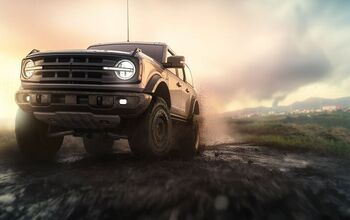
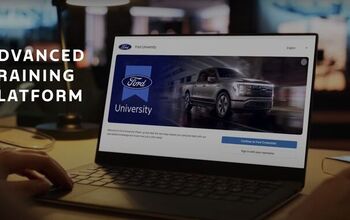
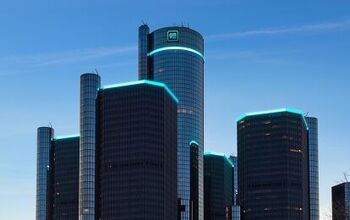

Comments
Join the conversation
"the Ghost, Wraith, and Dawn make do with a twin-turbo 6.6-liter unit" Ima need an "R/R-6.6" decal for the hood
How about climate change? Europeans apparently do not care and want US to pay price.